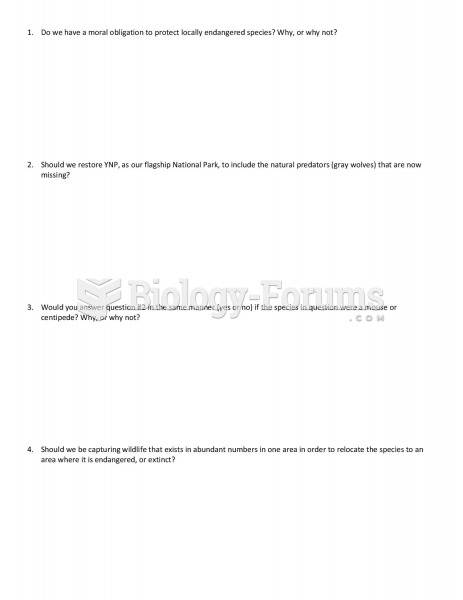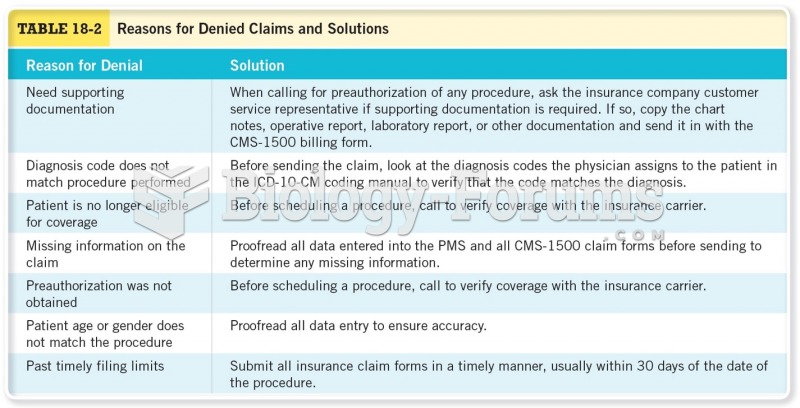Which of the following defines the nonphysician practitioner?
A. National Uniform Claims Committee (NUCC) - a national organization composed of multidisciplinary volunteers dedicated to providing authoritative guidance on the standards for content and data for noninstitutional healthcare claims; maintains and updates the CMS-1500 claim form
B. A qualified healthcare professional who is not a physician but who is authorized to practice medicine, is licensed and registered with the state in which he or she practices medicine, and is authorized to prescribe controlled substances during the management and treatment of a patient; also called a midlevel practitioner
C. Developed in 1996, a set of guidelines intended to reduce incorrect coding and improper overpayments or underpayments through the identification of codes that may or may not be utilized together or that are medically unlikely
D. A 38-chapter compendium of guidelines for reporting healthcare claims; maintained and updated by CMS
Question 2
Which of the following BEST defines an outpatient category?
A. The designation given when the patient's clinical presentation requires the physician performing the E/M service to closely monitor the patient's health before a final determination can be made
B. Any category of E/M services that occur when the patient has been admitted to a hospital setting for the purpose of evaluation and/or treatment
C. Any category of E/M services that occur in a clinical location that does not require the patient to be admitted for evaluation and management; most commonly identified as a clinical setting to which a patient presents for medical care and then leaves after the service is completed, such as a physician's clinic office
D. Any of the numeric codes representing E/M services that may be reported only in conjunction with a different E/M service and may never be listed independently





